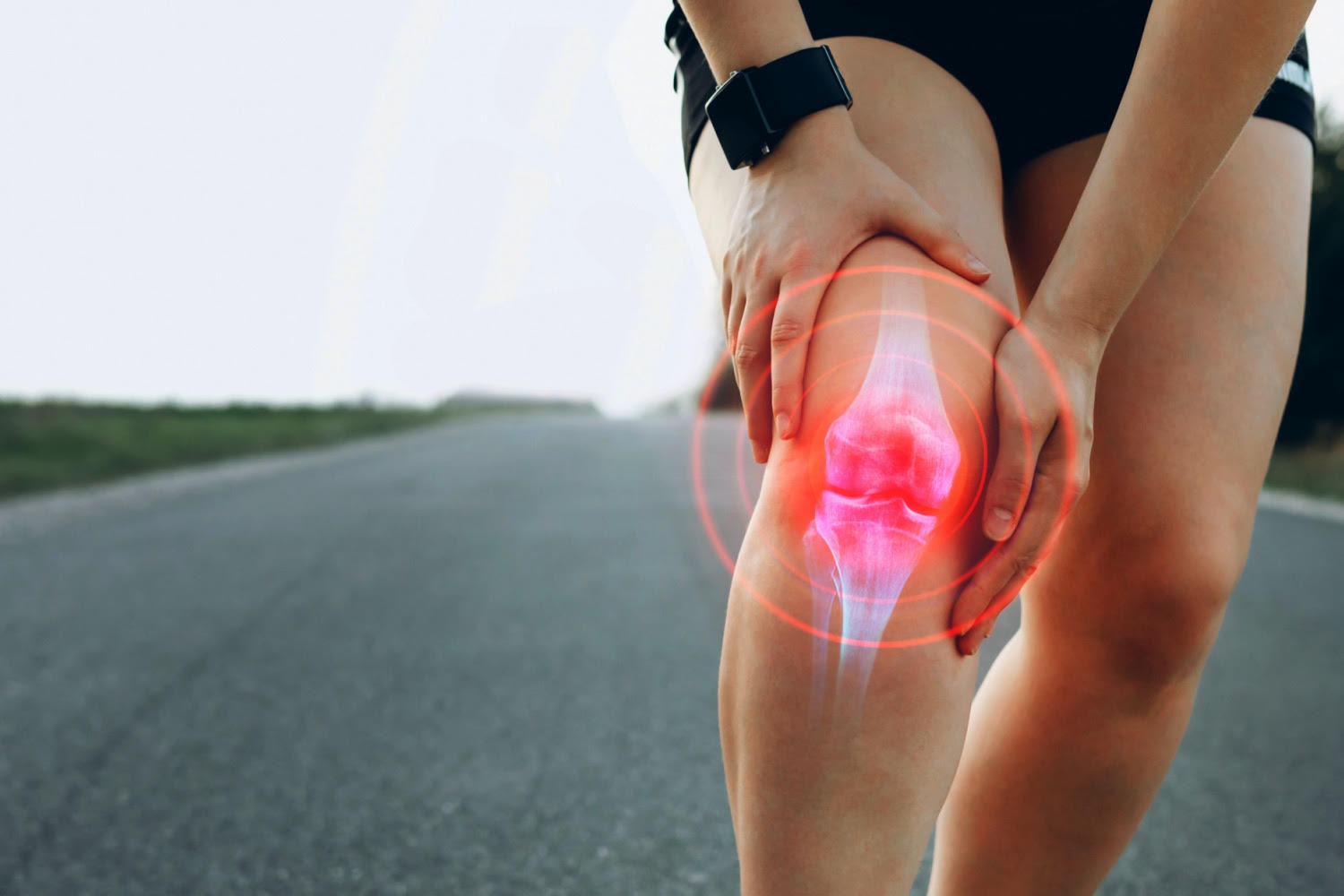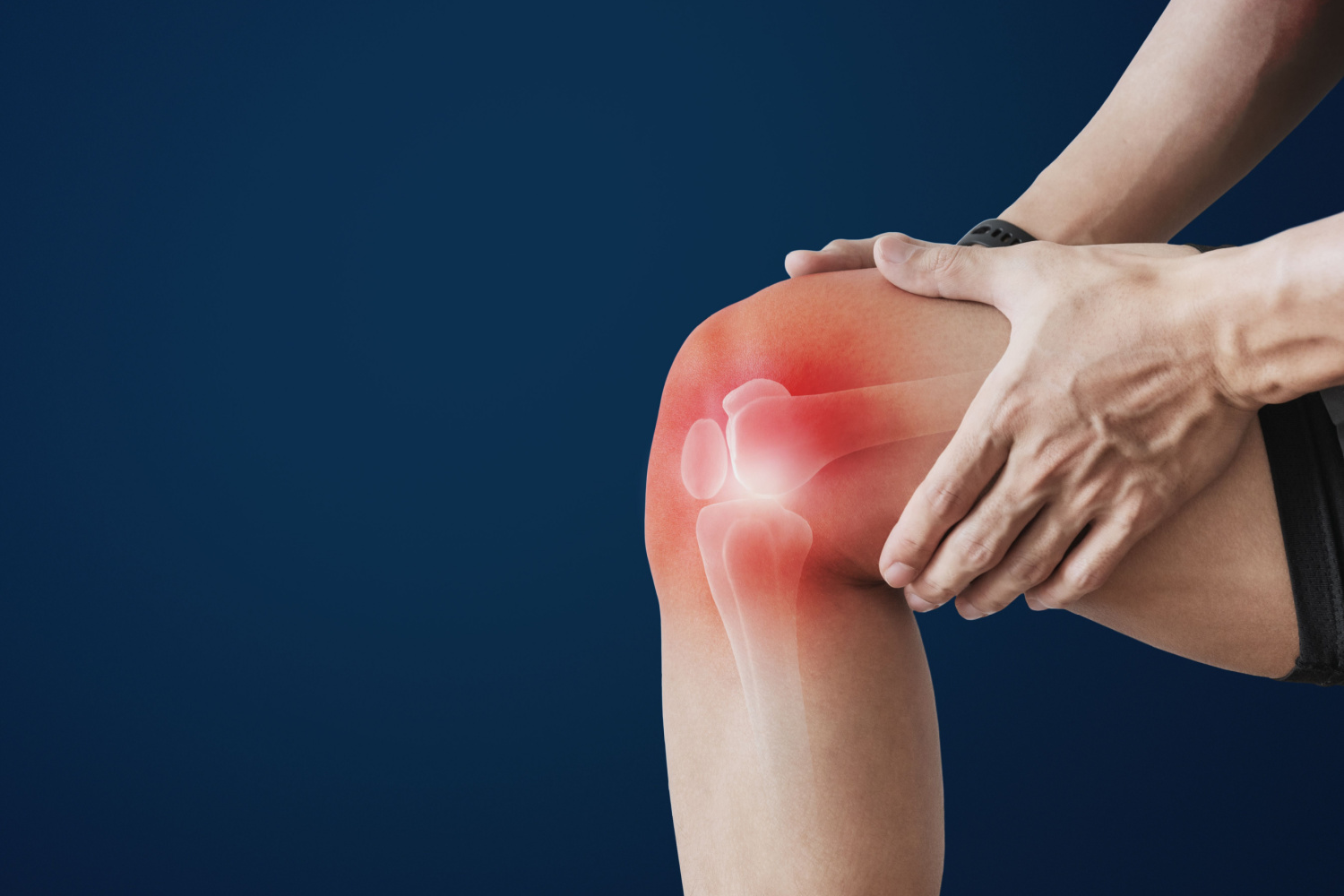As the use of Ozempic expands, evidence on their potential effects on the musculoskeletal system has been coming to light. For the orthopaedic surgeon, understanding the pros and cons of GLP-1 usage in patients is essential. In this OE Original, we explore the current scientific literature on how GLP-1 RAs influence osteoarthritis, bone health, fracture risk and orthopedic surgery outcomes.
OE Originals
OE Originals' leverages the expertise of our in house data scientists to
provide new data analyses and results to inform critical questions.
What will be the hot topics in orthopaedic research in 2025? In this OE Original, we look at the top articles and trends in 2024, the reading habits of the most innovative orthopaedic professionals, and the current societal trends to predict the areas of orthopaedic research to look out for this year!
Effective postoperative pain management following total knee arthroplasty (TKA) is critical, as poorly managed pain can lead to complications. While opioids are commonly prescribed for pain relief, their use is associated with risks of adverse effects and addiction. Non-pharmacological interventions like cryotherapy, acupuncture, and continuous passive motion (CPM) have been studied as alternatives, showing varying degrees of efficacy. Cryotherapy and acupuncture offer some promise for pain reduction, though their impact on opioid consumption remains modest, while CPM demonstrates minimal benefits, highlighting the need for a balanced, multidisciplinary approach to pain management and reducing opioid reliance.
In recent years, the diagnosis and treatment of femoroacetabular impingement syndrome (FAIS) has changed with developments in the scientific literature. In this OE Original, led by Dr. Sam Mahmoud, details the latest evidence on FAIS, including a comparison between hip arthroscopy vs. conservative treatment.
Two injuries are universally feared among elite athletes, regardless of the sport -- Achilles tendon ruptures and anterior cruciate ligament (ACL) ruptures. However, recent advances in sports medicine have led to a more evidence-based understanding of how to get athletes back to peak performance, and quickly. In this OE Insight, we highlight the athletes affected by these two infamous injuries, and explore the scientific literature to see which treatments are likely to provide the best clinical outcomes!
Whether you’re newly released from hospital after a total hip arthroplasty, or a young athlete looking to bounce back from an Achilles repair procedure, physical therapy will be an integral part of your care plan. In orthopaedics, physical therapy is a key component of post-operative rehabilitation, helping patients return to a normal, or even improved, level of functionality [1]. However, physical therapy is much more than an adjunct to surgery: in many cases, it can provide comparable or superior outcomes to surgical operation....
What exactly are ERAS protocols, and will they fulfill their promise as a key feature in the future of orthopaedics? In this OE Original, we deep dive into ERAS protocols in orthopaedics. We studied its origins and the current guidelines on its composition, and performed meta-analyses using our Surgical Analytics tool suite to find out what the latest evidence is saying about its effectiveness.
Vitamin D has many amazing functions within the human body. Observational studies have found low-levels of vitamin D to be correlated with a higher risk of developing a variety of medical conditions - from fractures to cancer. However, despite all of this promise, its role in preventing disease and promoting overall well-being has remained largely unsubstantiated in clinical research. In this OE Original, we investigate this disconnect in modern vitamin D research. We also explore current research trends in orthopaedics, and consult the current evidence on the effectiveness of Vitamin D supplementation for orthopaedic patients.
In this OE Original, we break down the science on digitally-assisted postoperative rehabilitation, including the major companies investing in rehabilitation technologies, future evidence coming down the pipeline, and most importantly, the evidence on the clinical effectiveness of digital interventions for postoperative rehabilitation.
The selection of an appropriate study design is a critical and foundational step in scientific research, dictating the process and methods of data collection, analysis, and interpretation. These designs are broadly categorized into experimental, observational, and descriptive types, each suited to different kinds of research questions and objectives. In this Original, we do a deep dive into the world of study designs, elucidating their unique characteristics, strengths, and limitations in the context of scientific inquiry.
The emergence of robotic systems has opened up a new frontier in orthopaedics. One area which is seeing extensive interest in robotic technologies is arthroplasty. In this OE Original, we used the Surgical Analytics platform, powered by the OE MIND database, to gain insight into the current and future world of robotics in arthroplasty surgery. Using the platform’s tools, we will see who the major research players are in the field, compare the clinical effectiveness of robotic arthroplasty to conventional methods, and what the future holds for the field.
Whether you are a research scientist planning the analyses for your clinical trial, or an experienced orthopaedic surgeon looking to understand the latest research to inform your practice, an understanding of statistical methods is essential. One of the most simple but powerful statistical methods used in clinical research is linear regression. In this Original, we will explain the inner workings of a linear regression model, its strengths, limitations, and assumptions, examples of its application in the real world, and how you can conduct your own!
With aging populations across the globe, the prevalence of knee osteoarthritis (KOA) is expected to rise substantially over the next two decades. This leaves health care systems around the world with an enormous economic burden and one critical question: what is the most effective treatment for these patients? Enter, intraarticular injections like platelet-rich plasma (PRP). Its potential to slow or reverse the progression of KOA has caused its use to expand at a speed rarely seen in clinical practice - a speed that has seemingly outpaced the scientific data supporting it. In this OE Original, we shed light on this growing body of evidence and provide an in-depth look at the clinical effectiveness of PRP for KOA - courtesy of the OE Surgical Analytics platform.
Pain. Instability. Time away from sports. Anterior cruciate ligament (ACL) injuries are among the most common, and devastating, injuries in orthopaedics. Treatment of ACL injuries cost 7 billion USD in the US alone. But just how big is this market, and who is leading the field in ACL reconstruction devices? And more importantly, is ACL reconstruction truly superior to non-surgical treatment? In this OE Original, we deep dive into everything ACL.
When clinicians and industry leaders read studies, the concern surrounding selective reporting of outcomes or the misrepresentation of data is usually not prioritized. There is a tendency to take the findings at face value. This presents problems, especially when examining systematic reviews and meta-analyses as readers are not directly exposed to the data and methods of each study and any issues with reporting or misrepresentation may not have been identified or made clear. In this OE Original Mini-Masters, we examine how outcomes can be selectively reported and how data can be misrepresented, while providing strategies on how to recognize both.
Examine the differences between a superiority trial, a non-inferiority trial and an equivalence trial.
In this OE Original, we present a meta-analysis comparing the surgical versus non-surgical treatments for Anterior Cruciate Ligament injuries.
Trials which are stopped early for benefit are becoming a more common occurrence. This OE Original examines why studies may be stopped early for benefit, as well as an in depth look at the potential dangers of doing so.
In this OE Original, we present a meta-analysis comparing the effectiveness of arthroscopic partial meniscectomy versus physical therapy for degenerative meniscal tears.
In this OE Original, we present analytic results generated by OE M.I.N.D. platform tools for the orthopaedic subspecialty of sports medicine. An overview of the usage characteristics, available evidence profile, profile of ongoing studies and most reported characteristics of prior studies are reported.




 LOGIN
LOGIN

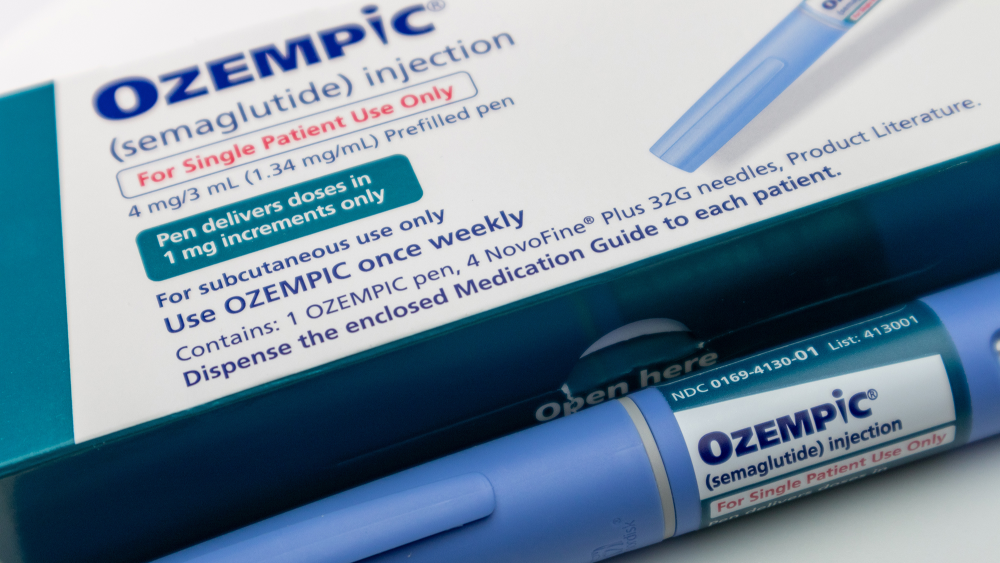

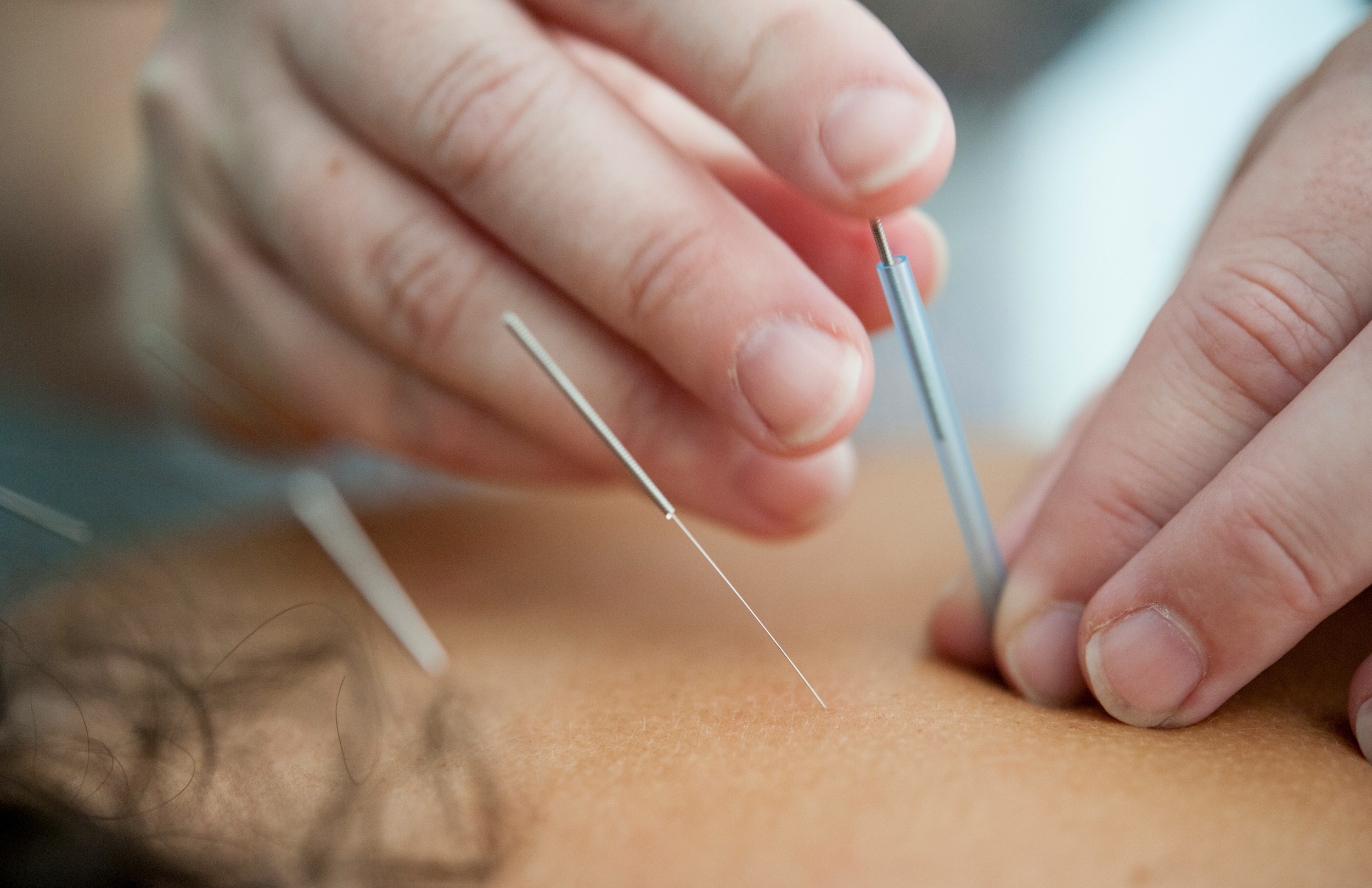
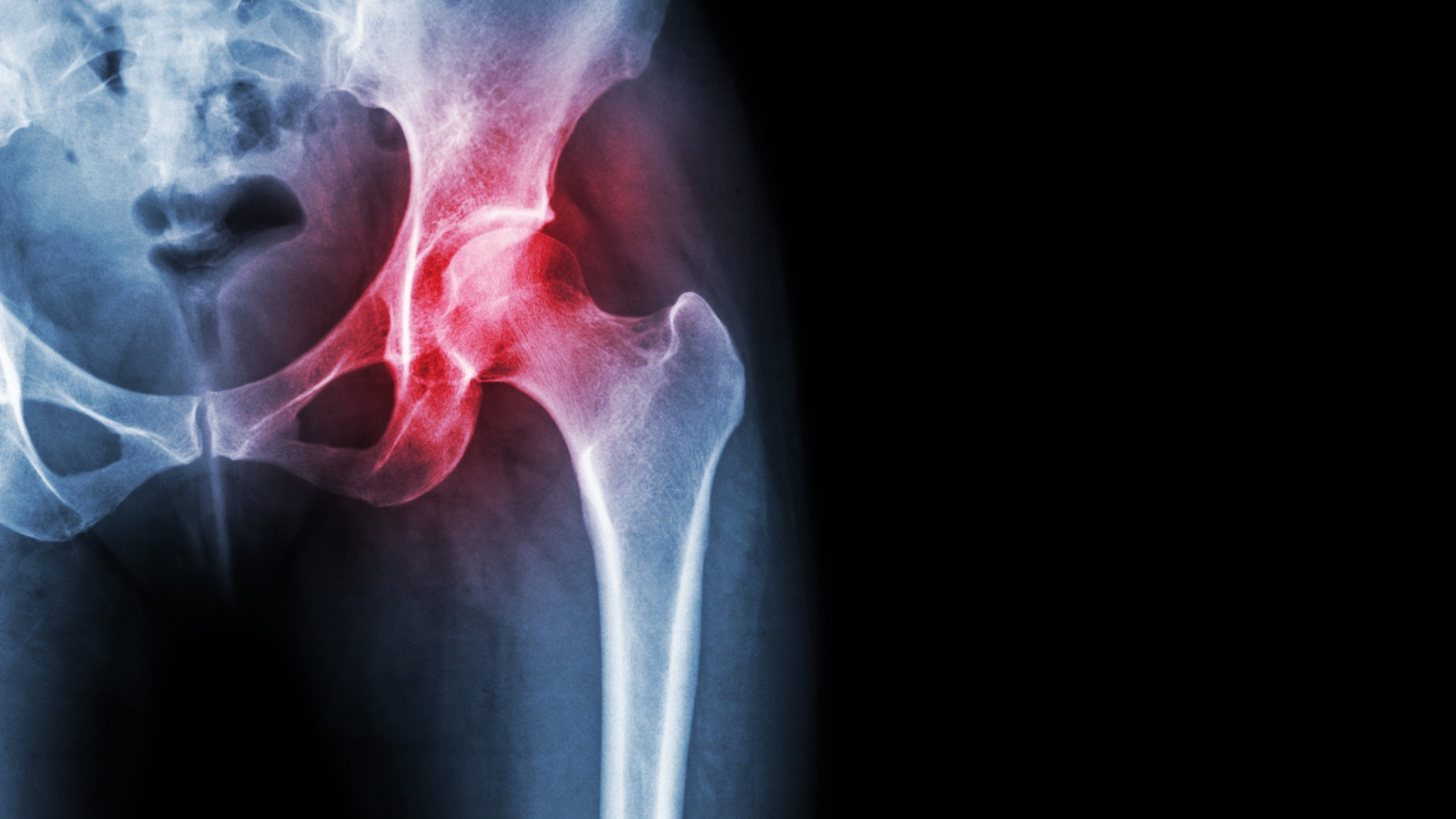


(1).png)



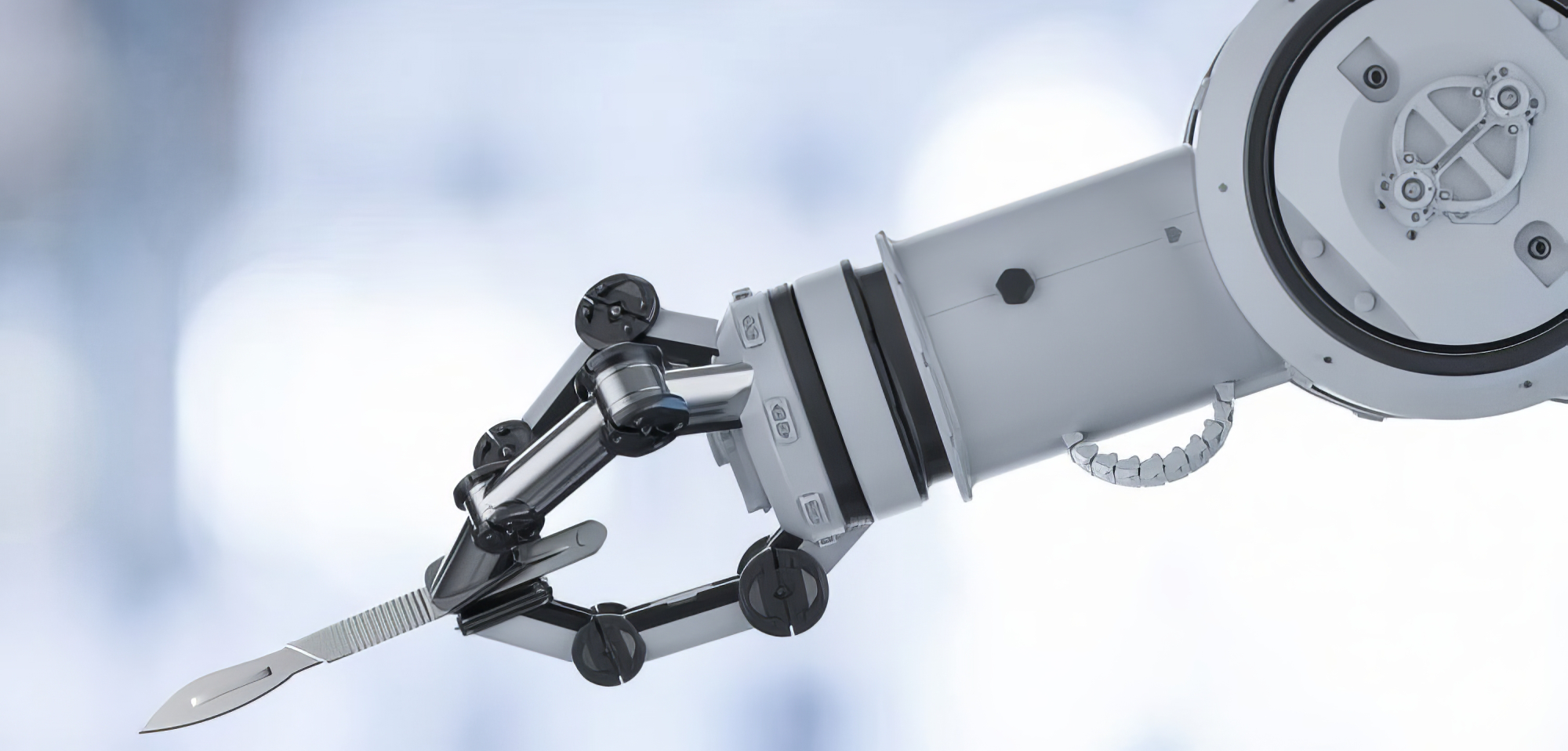

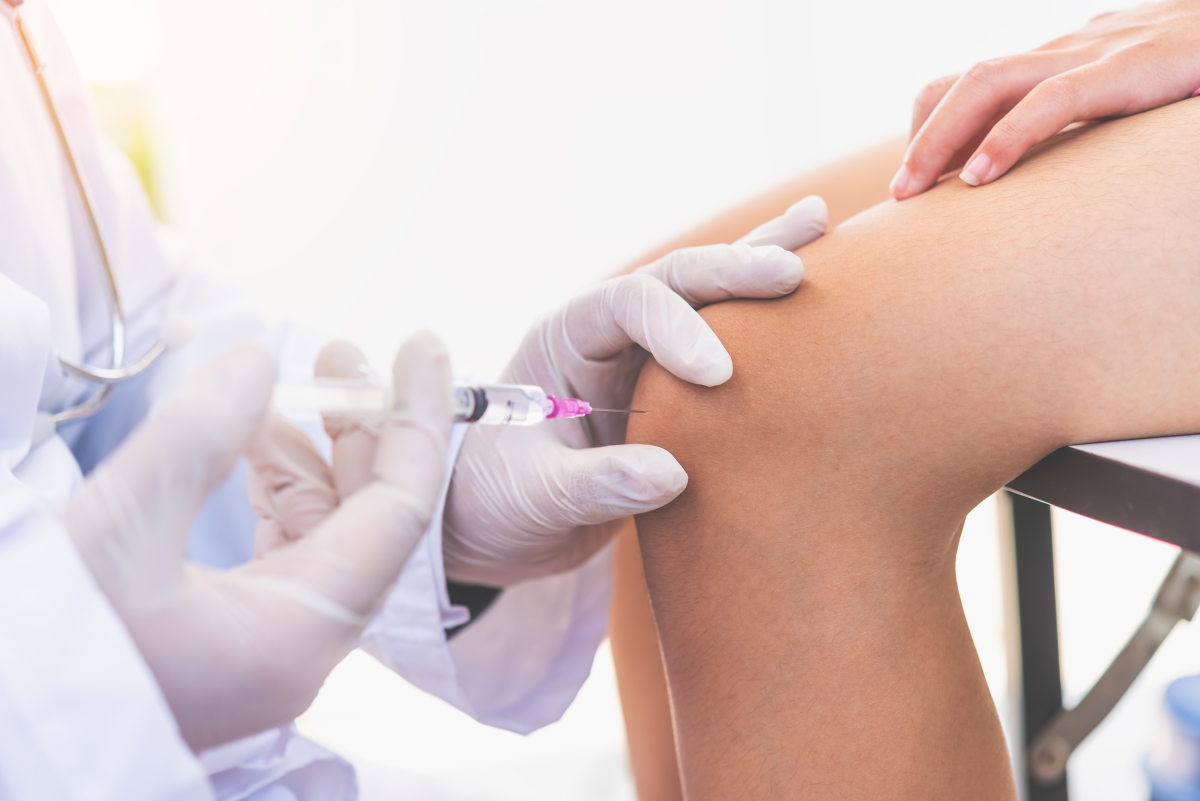
.jpg)


